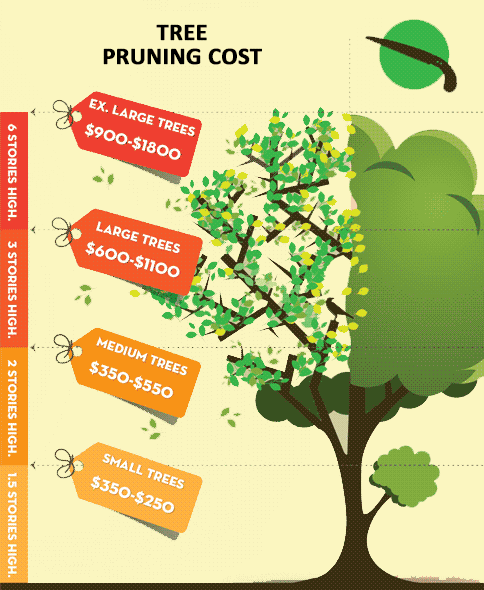Indicators That It Is Necessary To Get Rid Of A Tree - A Manual For Home Owners
Indicators That It Is Necessary To Get Rid Of A Tree - A Manual For Home Owners
Blog Article
Written By-Rollins Lu
Trees add charm and worth to residential property, yet they can also position a risk during extreme weather occasions. If a tree has stopped expanding, is showing visible fungal growth, or has a leaning trunk, it ought to be gotten rid of by a specialist to stay clear of home damage and injury.
To read more, go to a homeowner source reasonable co-hosted by HPD, the Facility for New York City Neighborhoods, and Brooklyn-based real estate partners this night in Bedford-Stuyvesant. The occasion will feature the Homeowner Handbook, a brand-new overview to help home owners navigate the responsibilities of possessing a home.
1. Dead or Dying Branches
Trees are an important part of your home's landscape, offering shade and appeal. They also supply shelter for wild animals and generate oxygen, however also healthy trees can experience health issue that might necessitate their removal. Dead or dying trees aren't just unsightly, they can be harmful. Their branches might drop during a storm, causing expensive building damages and injuries.
When a tree's branches start to pass away, it means that its structure is beginning to break down. If the majority of its branches are dead, it is likely time to remove it.
Look for an absence of new development, bark peeling, open wounds or dental caries, fungi expanding on the trunk or origins and a general appearance of degeneration in the whole cover. These signs of infection can suggest a major problem that will certainly call for specialist tree services to settle.
2. Leaning Trunk
While it's typical for trees to lean from time to time due to phototropism, if a tree has a hazardous or extreme lean that's not due to natural processes - maybe a sign that the tree needs to be eliminated. If the tree is favoring a high-voltage line, home, automobile, play structure or any other location that could be hazardous to people if it drops, after that getting in touch with an expert tree solution for removal should be a leading priority.
landscape maintenance professionals 's likewise vital to watch for any sudden changes in a tree's leaning as it can indicate damage to the roots or trunk that may cause falling. This is specifically real throughout stormy weather, considering that high winds and rain-soaked soil can cause a lean to change rapidly. Regular monitoring, especially during and after storms can assist house owners acknowledge potential issues with their trees so they can call an arborist for an extensive assessment.
3. Bug Problem
Some pest infestations, such as wood-boring pests like emerald ash borer or sap-suckers like range pests, are so extreme that they can create a tree to die. The very best way to stop pest infestation is to check your trees on a regular basis. Seek spots, holes, or stainings in the fallen leaves and bark. Analyze the trunk for cracks and indications of insect damages, such as passages or tracks.
If a tree ends up being as well plagued with bugs, or is close to a home or power lines, an arborist might recommend removal. If a leaning tree develops a new, unsteady lean, an arborist will likely advise removal also to guarantee the security of people and residential or commercial property. If a weakened or dead tree consistently drops too much branches, it is a sign that it is time to eliminate the tree. If a tree continues to shed branches for an extended time period, it might cause structural problems and possible residential property damages.
4. Harmed Trunk
Trees are a stunning and fundamental part of our landscape, yet they do call for normal like maintain them healthy and balanced and secure. If a tree is damaged irreparable it is likely time for it to find down.
specialist garden services for signs of damages to the trunk, consisting of vertical cracks, joints, dead branch stubs, noticeable injuries or open dental caries and serious tree-rot. The presence of fungis at the base of the trunk is an additional alerting sign. Fungi may indicate that the phloem and xylem (life-support tissues) are compromised, enabling the spread of disease or a future failing.
Also, take into consideration whether the tree has actually stopped growing. Healthy trees will have new growth yearly, which may show up as buds or branches sprouting and prolonging. If you don't see any type of new growth, it's a good concept to have an arborist assess the tree and follow their suggestion for removal. A passing away or harmed tree can fall and create building damages.